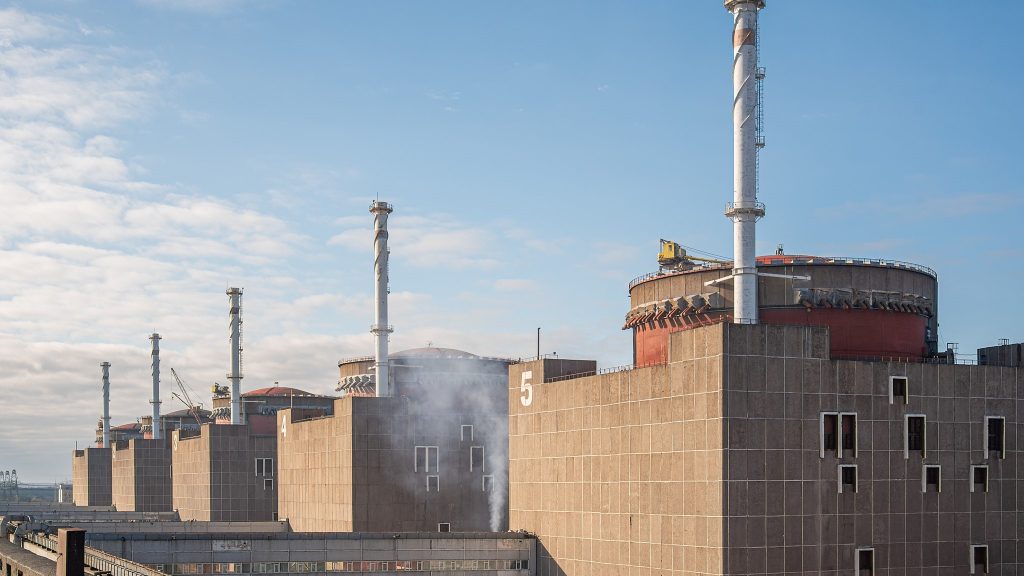The claim comes as the plant remains under Russian control and dependent on emergency generators following repeated power disruptions.
Others are reading now
Russia’s foreign intelligence service has accused Western powers of preparing a “sabotage” operation at the Zaporizhzhia Nuclear Power Plant, alleging that NATO intends to melt down the facility’s reactors in a false-flag attack.
Russian warning
According to a statement released by Russia’s Foreign Intelligence Service (SVR), Western specialists allegedly carried out a computer simulation showing that a deliberate core meltdown at the site would send radioactive particles across Ukrainian-held regions and parts of the European Union.
The SVR said the plan was supposedly developed by the British policy institute Chatham House to “urgently change the course of the Ukrainian conflict, which is negative for Westerners, and its perception by Western public opinion.”
The agency also accused “NATO Europeans” of preparing an information campaign to blame Moscow for any resulting nuclear incident.
Disputed control and safety
The Zaporizhzhia Nuclear Power Plant, located near the city of Enerhodar on the Dnipro River, has been occupied by Russian forces since March 2022.
Also read
It is Europe’s largest nuclear facility, with six reactors each capable of producing one gigawatt of power.
Electricity production has been halted since September 2022, and the reactors have been in cold shutdown since April 2024.
At the end of September 2025, the site reportedly lost its external power supply due to damage to the Dniprovska high-voltage line, forcing operators to rely on backup diesel generators.
Conflicting accusations
Moscow has claimed that Ukrainian shelling caused the power failure, while Ukrainian President Volodymyr Zelensky blamed Russian attacks for preventing repairs and endangering the plant’s safety systems.
The Kremlin has dismissed Kyiv’s allegations, arguing that Russia has “no reason to bomb a facility it already controls.”
Also read
In mid-October, Moscow proposed a temporary ceasefire to restore power to the site, though no agreement has been announced.
This article is made and published by Kathrine Frich, who may have used AI in the preparation


